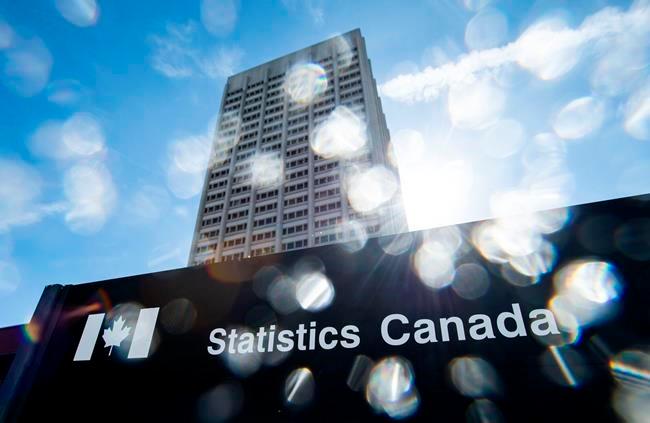Sudden increases in payday lending go hand-in-hand with extreme weather, Bank of Canada (BoC) researchers have discovered.
A newly released BoC report found that days of extreme heat or cold lead to surges in payday loan applications, noting that both high heat and frigid temperatures lead to bigger bills and increased credit card use.





